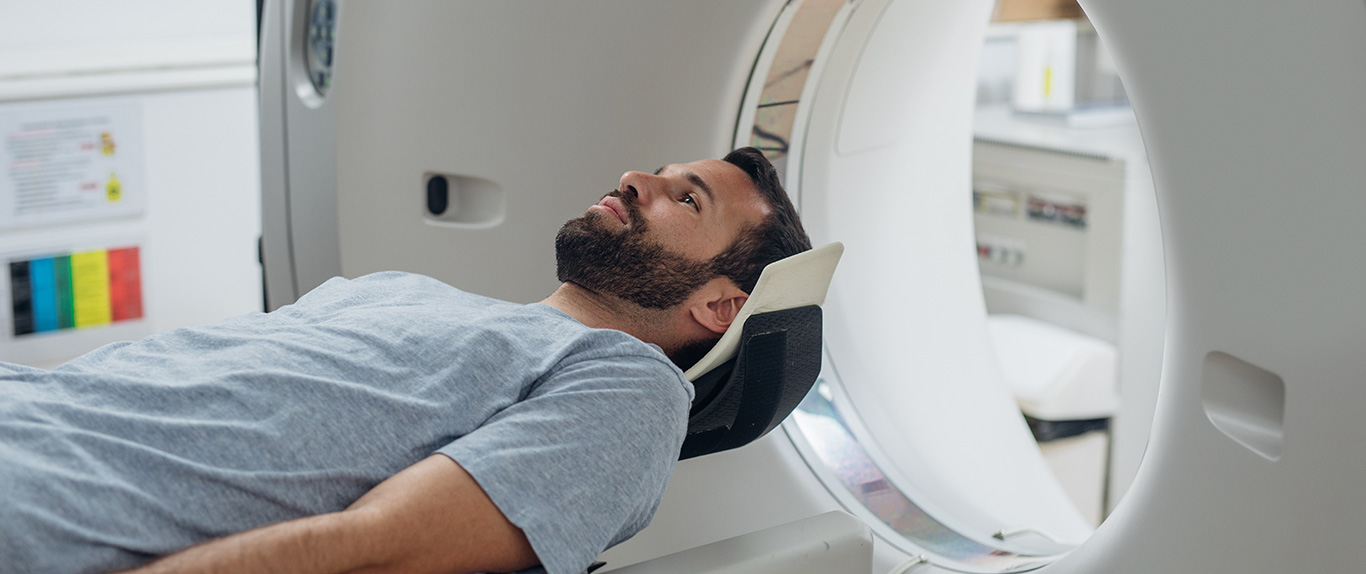For individuals facing the daunting prospect of cancer, accurate and timely diagnosis is crucial in determining the most effective treatment plan. In recent years, Positron Emission Tomography and Computed Tomography (PET-CT) scans have emerged as a groundbreaking tool in the field of oncology. This advanced imaging technique combines the metabolic insights of PET scans with the anatomical precision of CT scans, allowing physicians to detect cancer, stage the disease, and tailor personalized treatment strategies. In this article, we will delve into the advantages of PET-CT scans and how they empower patients in their fight against cancer.
Understanding PET-CT Scans
PET-CT scans utilize radiolabelled PET radiotracers, such as 18F-Fluoro-2 deoxyglucose (18F-FDG), to detect cancerous cells within the body. These tracers, which are injected, inhaled, or swallowed depending on the area being examined, highlight areas of higher chemical activity. Cancer cells tend to exhibit increased sugar metabolism, making them stand out as bright spots on the PET-CT scan. This valuable information helps physicians evaluate the functionality of organs and tissues, stage the disease, and determine appropriate treatment options.
Advantages of PET-CT Scans in Cancer Diagnosis
- Early Detection: PET-CT scans excel at detecting cancer even before structural changes become evident. By identifying cellular-level metabolic activity, these scans can uncover the presence of cancer at an early stage when it may not yet be visible on other imaging modalities. Early detection often translates to improved treatment outcomes and increased chances of successful intervention.
- Accurate Staging: Precise staging is essential in understanding the extent of cancer spread and determining appropriate treatment strategies. PET-CT scans provide comprehensive information about the location, size, and metabolic activity of tumors, enabling physicians to stage the disease accurately. This helps in designing tailored treatment plans that address the specific needs of each patient.
- Treatment Response Monitoring: PET-CT scans play a vital role in tracking the effectiveness of cancer treatments. By comparing scans taken before and after therapy, doctors can assess the response to treatment and make necessary adjustments if needed. This capability allows for real-time evaluation of treatment efficacy, potentially preventing the continuation of ineffective therapies and guiding the introduction of alternative approaches.
- Patient-Centric Features: Modern PET-CT scanners, such as the 64-slice Siemens Biograph Vision available at Apollo Proton Cancer Centre, are designed with patient comfort and safety in mind. Wide gantry bore size, short gantry tunnel, and higher weight-bearing capacity ensure that patients of various sizes and conditions can undergo the scan with ease. Additionally, PET-CT scans are safe for use in patients with chronic kidney disease, metallic implants, or pacemakers.
- Advanced Technology: The Apollo Proton Cancer Centre utilizes state-of-the-art digital detectors with exceptional sensitivity and resolution. This technology enables the detection of even small lesions, facilitating early evaluation of treatment response. The fastest time of flight technology enhances image contrast and signal-to-noise ratio, further improving diagnostic accuracy. Furthermore, the center’s multi-parametric PET imaging capabilities provide precise quantification and whole-body dynamic imaging, offering comprehensive insights into cancer metabolism.

Conclusion
PET-CT scans have emerged as a game-changer in cancer diagnosis and treatment planning. By combining metabolic and anatomical information, these scans empower physicians to detect cancer early, accurately stage the disease, and monitor treatment response. For cancer patients seeking answers and personalized care, PET-CT scans provide a pathway to precision medicine. By embracing cutting-edge technology and patient-centric features, Apollo Proton Cancer Centre is at the forefront of delivering exceptional cancer



